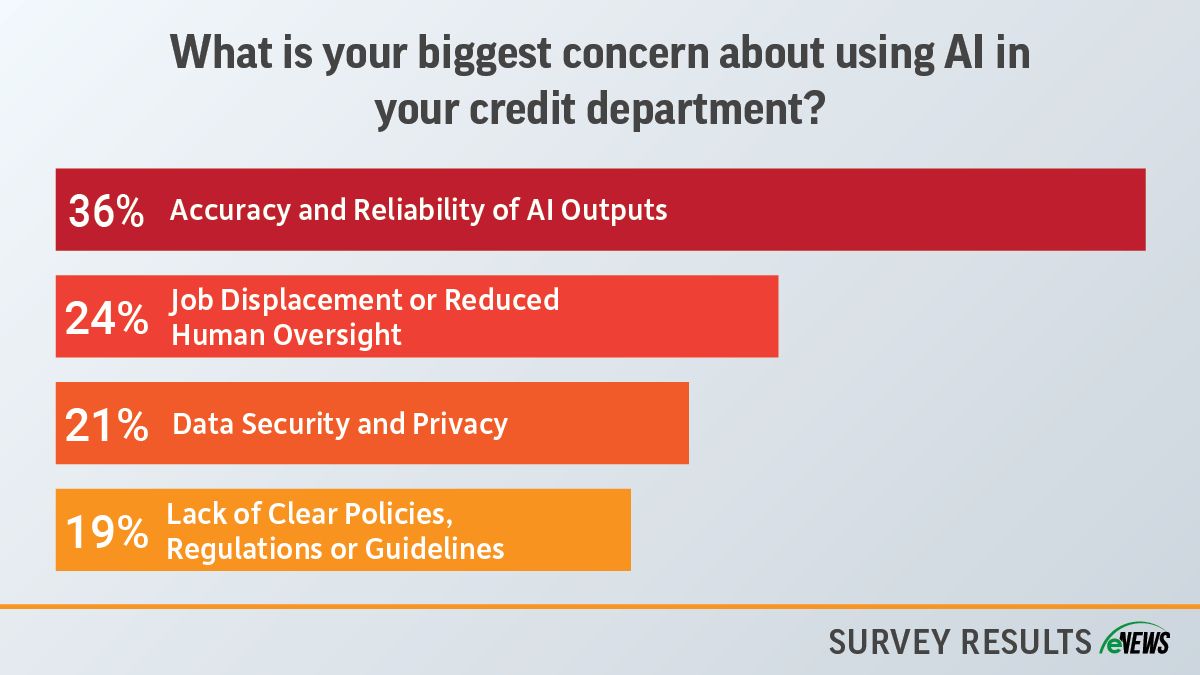Business Practices, eNews, Leadership
Rebuild a Credit Department in 7 Steps

Rebuilding a credit department or becoming credit manager at a new company is no easy task. Where do you start in addressing issues and improving efficiency? Do you hire internally or externally? How do you improve department culture? Start with these seven steps to get your credit department on the right track.
#1 Meet with Senior Management
To avoid feeling overwhelmed, start by meeting with upper management in order to establish clear expectations. This way you will be able to create a priority list of what must be improved first. If you start making changes before meeting with senior management, you could create unnecessary tension.
#2 Define the Problem
In order to rebuild or lead a new credit department, you must understand what currently is not working and why. This means completing a thorough evaluation of staff, culture and credit policies. From there, you can decide what changes need to be made.
Part of the evaluation process is assessing the strengths and weakness of your credit team. “You have to understand the credit team to see if they can effectively carry out the goals and tasks and if they can’t, you have to replace them and find people who have the ability to do that,” said Jason Mott, CCE, NACM Board director and corporate credit manager at MFA Incorporated (Columbia, MO).
#3 Establish and Align Goals
After evaluating the credit department, establish the main goals for improvement such as hiring new people, improving DSO or implementing more automation. Once the goals are established, make sure everyone understands—including salespeople, vendors, customers and other departments within the company. “Both customers and vendors deal with companies like yours so they know what works and what doesn’t,” said Kevin Stinner, CCE, CCRA, credit manager at JR Simplot, Inc. (Loveland, CO).
Aligning goals is especially critical when undergoing massive changes, like a merger or acquisition. “I merged three regions and each region worked differently despite having the same policy and vision,” said Marlene Groh, CCE, ICCE, regional credit manager at Carrier Enterprise, LLC (Salisbury, NC). “Get the buy-in before you make changes so that everyone will be on board with you. Otherwise, you’ll keep hitting barriers along the way.”
#4 Prioritize Leadership, Not Management
Management is when an individual oversees and controls a group of individuals in order to achieve a specified objective, while leadership is when an individual influences, motivates and enables others to contribute to the success of an organization. If reshaping a credit department is your goal, a leadership mindset is key. “I think it’s all about vision and the approach you take,” Mott said. “As a leader, you’re willing to go into the trenches with the team instead of delegating and monitoring tasks for them to do like a manager does. A leader leads by example and shows their team how to efficiently complete their tasks.”
#5 Incentivize the Credit Team
Credit professionals can incentivize their credit team to improve performance and efficiency. By setting performance metrics like call volume, dollars collected or AR percentage, the team has a goal to work towards and a reward for reaching that goal.
You can even be creative and have each member enter a raffle with a chance to win a gift card, said Martine Dyer, CCE, CCRA, credit and collections manager at Restaurant Equipment Service Group, LLC (Addison, IL) during a Credit Leadership Thought Discussion. “How do I motivate the credit team? It’s always with incentives or money.”
#6 Document and Communicate Your Plan
In your plan, state what processes need to be changed, what needs to be done to make those changes and a clear timeframe. Documentation is helpful to avoid misunderstanding once the changes start being put in place. “I also include a flowchart that lists the people and their tasks, resources and any backups to reach that end-goal,” Groh added.
#7 Be Flexible
Don’t be disappointed if your original plan doesn’t work. Changes are inevitable, and at times unpredictable. So, it’s important to be flexible when the time comes. “If you are too rigid, you lose good employees and run into a new set of issues,” Stinner said during a Credit Leadership Thought Discussion. “Being flexible means changing as the situation changes and developing a plan with a loose outline that may have to change as you encounter different situations.”
Be sure to register for the Strategic Leadership Track at Credit Congress from June 11-14 in Grapevine, TX if you want the tools needed to help rebuild your credit department.





